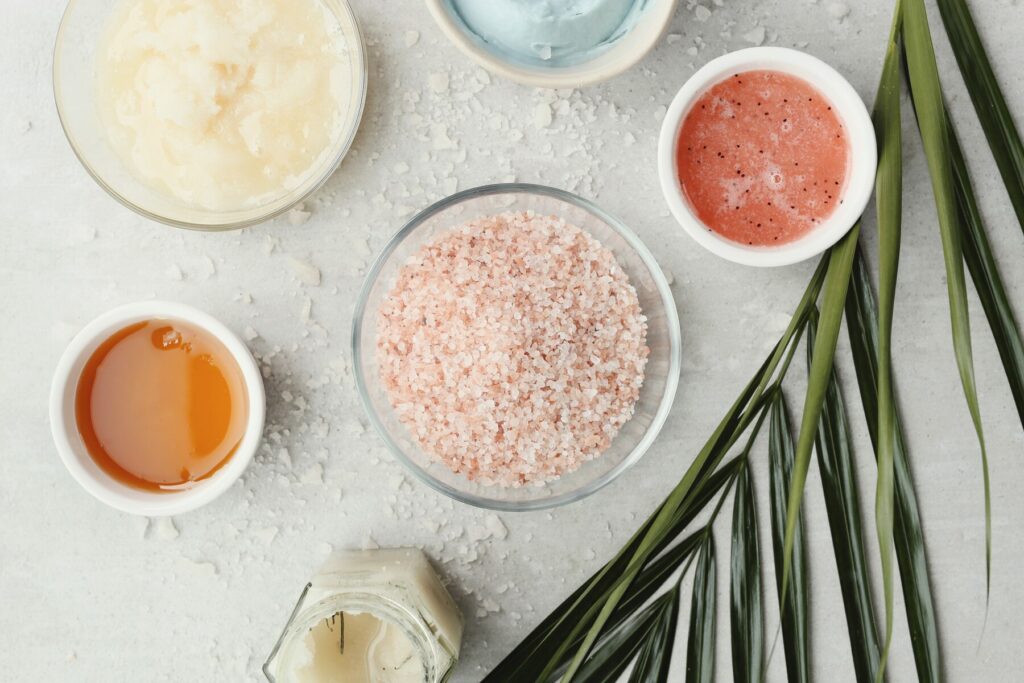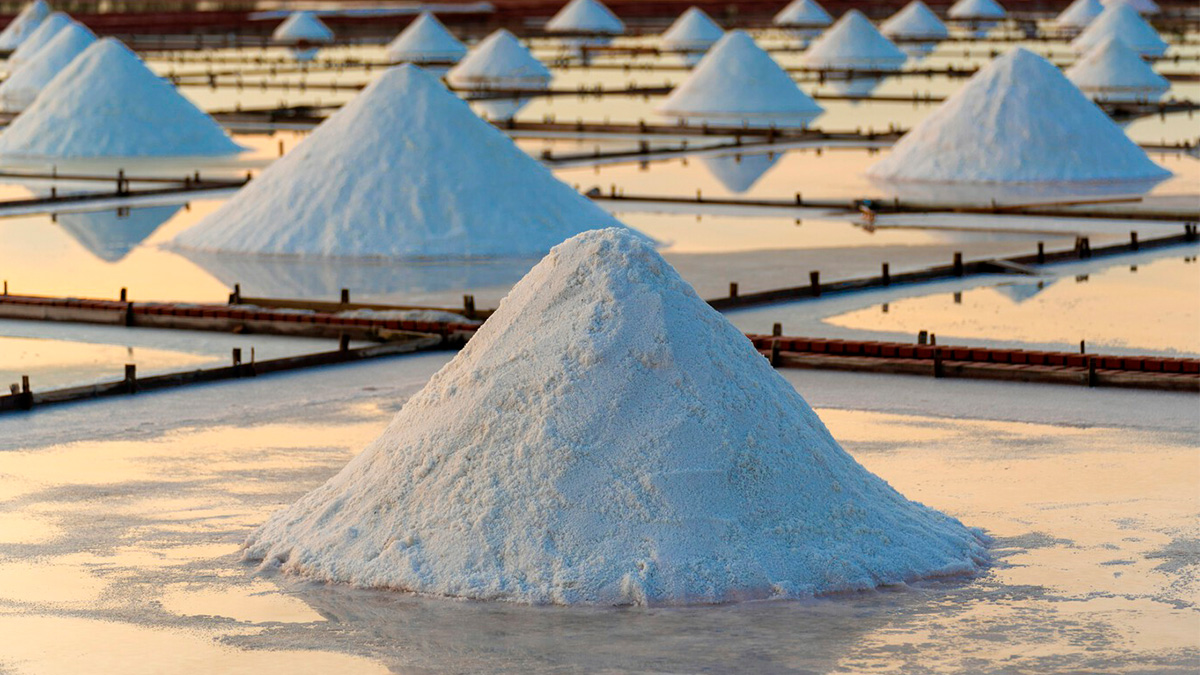Click here to read the Spanish version.
Salt is presented as a millenary essential condiment to enhance the flavor of food and preserve it, depending on its typology. There are dozens of versions of this mineral, in different shapes, sizes and colors, but let’s focus on one that stands out for its great potential: sea salt.
The creation process is as follows. The salt collectors move to the salt pans, which travels from oceans like the Mediterranean to a cracker: a process that can take up to 16 months, according to Delish. Starting from the coast, the seawater is concentrated and then collected. This salt is transformed into a sludge with a high salt concentration after a period of about four months.

What is truly amazing is that this whole process emerges naturally. Wind and ocean currents push the water through the channels, and the sun evaporates it as it moves in large, shallow lagoons. A far cry from table salt, which is processed to remove additional minerals, while sea salt retains its natural mineral content.
In addition to the standard coarse and fine ground sea salt, there are other saltworks such as those in Aigues-Mortes that produce fleur de sel, which is highly appreciated in gastronomy. Fleur de sel means flower of salt, referring to the delicate layer of salt that forms on the surface of the salt pans during the harvesting season, which consists of a pyramidal and stacked structure characterized by its slightly moist texture.

